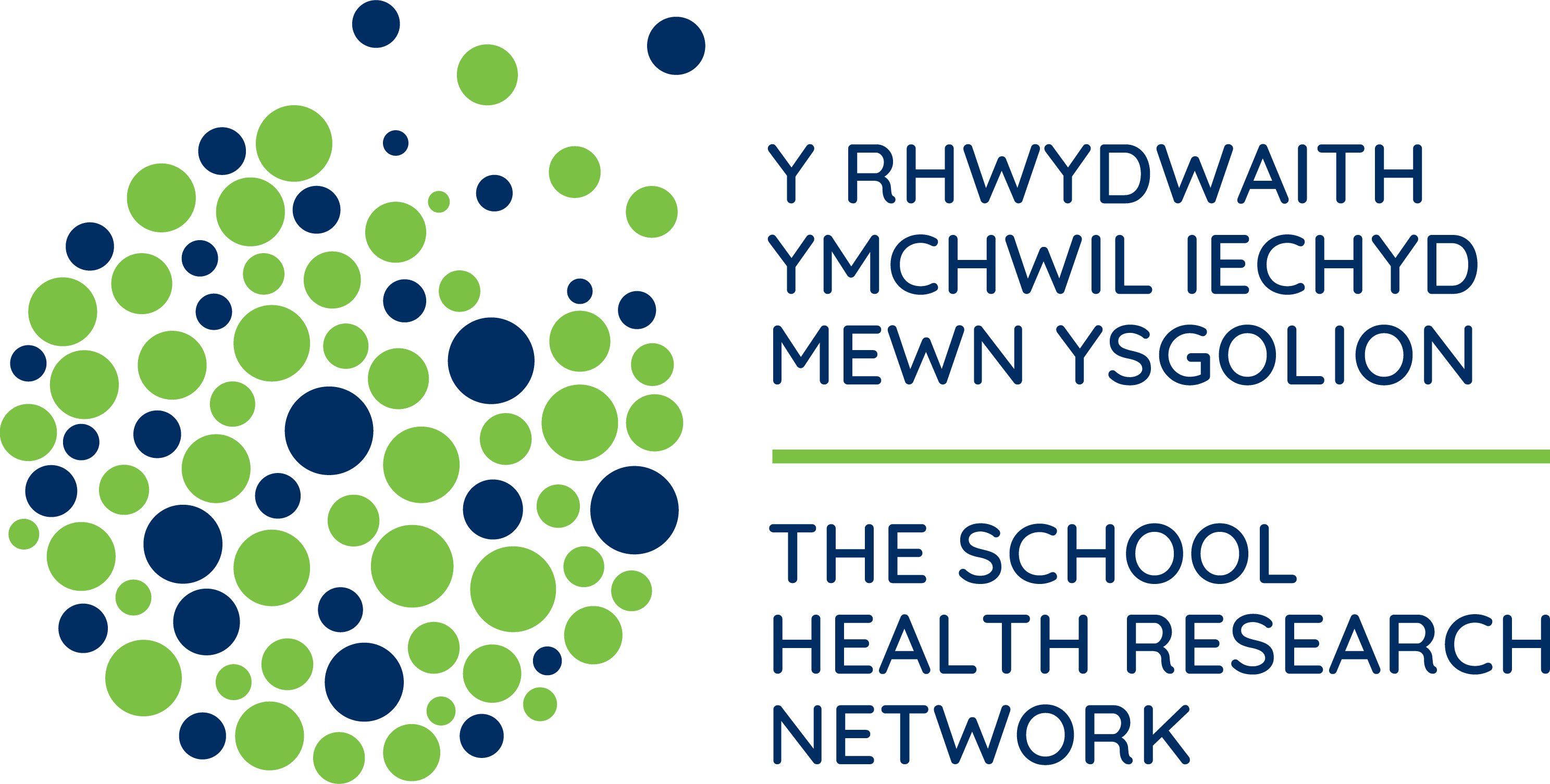In today’s educational landscape, the health and well-being of learners is more crucial than ever. Maria Boffey, SHRN Knowledge Exchange and External Affairs Manager , emphasises how completing both The SHRN Student Health and Well-Being Survey and The SHRN School Environment Questionnaire (SEQ), gives schools invaluable insights that not only enhance their internal practices, but also contributes to a broader understanding of health and well-being across Wales. In this blog, Maria explores the significant benefits of the SHRN surveys for schools and how they can transform the educational environment for the better.
Unlocking Insights for Health and Well-Being
By participating in both The SHRN Student Health and Well-Being Survey and the SEQ, primary schools not only improve their internal practices but also contributes to a broader understanding of health and well-being in education. This dual approach fosters a healthier, more supportive environment for all learners.
The key benefits for schools taking part in SHRN surveys are:
1. A Comprehensive Understanding of Learner Needs
- Holistic Insights: By gathering data from both surveys, your school can gain a well-rounded view of your learners’ health, well-being, and the overall school environment. This helps you identify specific areas that need attention.
Additionally, the SHRN team is also able to anonymously analyse the relationship between school policies/practices and learner outcomes and share what we learn on potentially effective approaches with schools to develop knowledge exchange events such as our webinar series.
2. Informed Decision-Making
- Data-Driven Policies: The insights gained from these surveys enables your school to make informed decisions regarding health and well-being initiatives, ensuring that policies are tailored to the actual needs of your learners.
3. Enhanced Learner Engagement
- Empowerment: Involving learners in the survey process can empower them, making them feel valued and heard, leading to increased engagement in your school activities and initiatives.
4. Improved Health Outcomes
- Targeted Interventions: SHRN data can help your school implement targeted health and well-being programmes that address specific issues, such as mental health, nutrition, and physical activity- ultimately improving learners and well-being.
5. Benchmarking and Comparison
- National Standards: You can compare your school’s results with national data, allowing you to benchmark your performance and identify best practices from other schools.
6. Support for Inspections and Accountability
Evidence for Estyn Inspections: Completing both surveys provides valuable evidence for your school inspection, demonstrating a commitment to learner health and well-being. Further, the SNRN and Public Health Wales partnership enables your SHRN data to be embedded as part a health promoting school.
7. Long-Term Planning and Development
- Sustainable Practices: The data collected can inform long-term strategies for improving your school’s policies and practices, ensuring that health and well-being remain a priority in your school development plans.
In summary, registered primary schools that complete both The SHRN Student Health and Well-Being Survey and the SEQ can unlock a range of benefits that enhance their educational environment and support their learner’s development.
Read more about The School Environment Questionnaire (SEQ) and join us in making a positive impact on health and well-being in education!

We’d love to hear your thoughts! Share your insights, experiences, or innovative practices related to health and well-being initiatives in schools. Whether it’s a success story, a unique approach, or challenges you’ve faced, your contribution can inspire others and foster a collaborative community.
If you’re interested in writing a guest post, please email Maria Boffey. Together, let’s create a dialogue that promotes healthier, happier learning environments for all learners!

